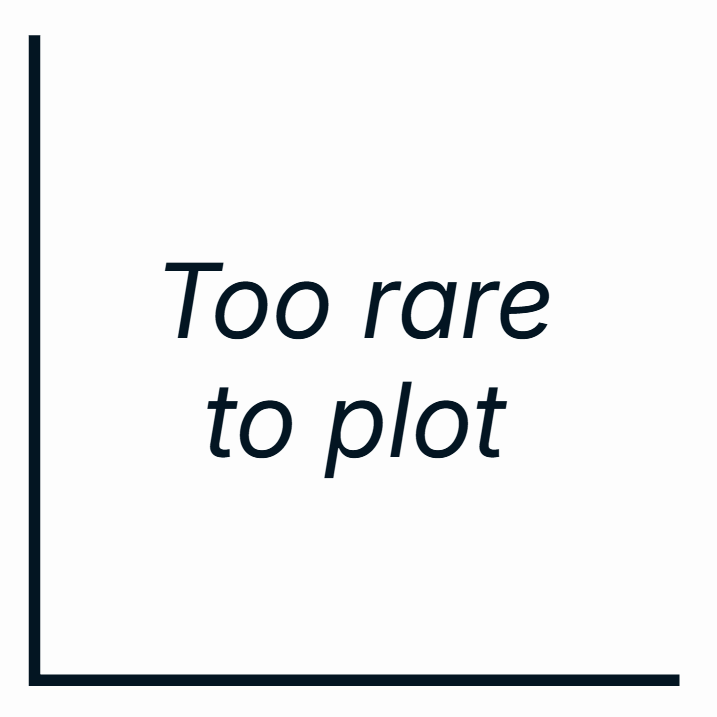Yellow-breasted Bunting
Introduction
Once very common across much of northern Eurasia, Yellow-breasted Bunting has undergone a very large population decline that has been linked to agricultural change and hunting pressure. Although recorded here on more than 200 occasions, this is now an increasingly rare visitor to Britain & Ireland.
Key Stats
Status and Trends
Conservation Status
Population Size
Population Change
Population trends of this scarce species are not routinely monitored.
Distribution
This vagrant is too rarely reported to map distribution.
European Distribution Map
Distribution Change
This vagrant is too rarely reported to map distribution change.
Seasonality
This species has been too rarely reported to BirdTrack during 2011–22 to properly assess seasonality.
Movement
Britain & Ireland movement
Foreign locations of birds ringed or recovered in Britain & Ireland
Dots show the foreign destinations of birds ringed in Britain & Ireland, and the origins of birds ringed overseas that were subsequently recaptured, resighted or found dead in Britain & Ireland. Dot colours indicate the time of year that the species was present at the location.
- Winter (Nov-Feb)
- Spring (Mar-Apr)
- Summer (May-Jul)
- Autumn (Aug-Oct)

Biology
Survival and Longevity
Survival is shown as the proportion of birds surviving from one year to the next and is derived from bird ringing data. It can also be used to estimate how long birds typically live.
View number ringed each year in the Online Ringing Report.
Classification, names and codes
Classification and Codes
- Order: Passeriformes
- Family: Emberizidae
- Scientific name: Emberiza aureola
- Authority: Pallas, 1773
- BTO 2-letter code: YO
- BTO 5-letter code: YBSBU
- Euring code number: 18760
Alternate species names
- Catalan: sit caranegre
- Czech: strnad obojkový
- Danish: Gulbrystet Værling
- Dutch: Wilgengors
- Estonian: kuldtsiitsitaja
- Finnish: kultasirkku
- French: Bruant auréole
- German: Weidenammer
- Hungarian: aranyos sármány
- Icelandic: Víðitittlingur
- Irish: Gealóg Bhroinnbhuí
- Italian: Zigolo dal collare
- Latvian: birztalu sterste
- Lithuanian: rusine starta
- Norwegian: Sibirspurv
- Polish: trznadel zlotawy
- Portuguese: escrevedeira-de-barriga-amarela
- Slovak: strnádka obojková
- Slovenian: vrbji strnad
- Spanish: Escribano aureolado
- Swedish: gyllensparv
- Welsh: Bras Bronfelen
More Evidence
More evidence from Conservation Evidence.com
Partners
Citing BirdFacts
If you wish to cite particular content in this page (e.g. a specific value) it is best to use the original sources as linked in the page. For a more general citation of the whole page please use: BTO (20XX) BirdFacts Species: profiles of birds occurring in the United Kingdom. BTO, Thetford (www.bto.org/birdfacts, accessed on xx/xx/xxxx).

